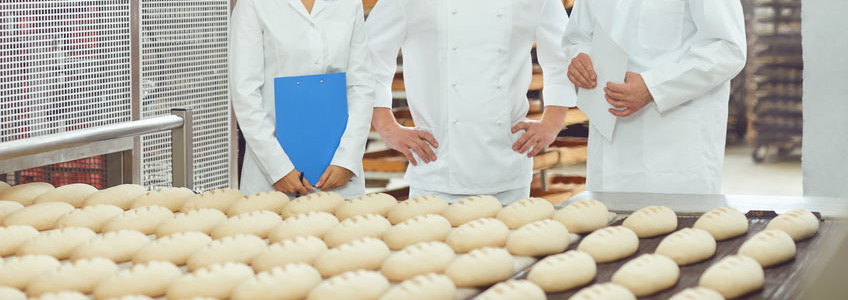
Brought to you by AIB International
No one wants their products to be recalled. But are you ready if it happens? The news is full of examples of recalls and withdrawals, as well as good and bad examples of handling the crisis. First and foremost, the safety of the public is at stake, but so is the reputation of your brand and company. How you react in the first moments can have serious repercussions.
What are a few reasons your product could be recalled?
- Allergens
- Bacterial contamination
- Chemical contamination
- Consumer claims
- Foreign objects
- Government agencies
- Human diseases
- Mislabeling
- Packaging defects
- Suppliers’ notification
- Tampering and/or tampering threats
The Reportable Food Registry (RFR) puts the responsibility for initiating a recall on the manufacturing firm when the products have been distributed and are no longer under your control. The electronic reporting through the RFR portal must done within 24 hours after your decision that these products need to be recalled or withdrawn for public health reasons. A regional FDA Recall Coordinator will assist your firm during a recall, review your recall strategy and effectiveness checks prior to termination of the recall.
What all is involved in a food recall?
If you wait until there’s a crisis, it will be too late. And if you have critical control points (CCPs) and/or preventive controls, you’re required to have documented recall plans in place, according to the Food Safety Modernization Act (FSMA). There are two key things to set up ahead of time:
- Traceability Program: tracking your ingredients and products from source to destination is crucial to any effective food recall program.
- Recall Program: having a plan of action, essential documents in order, and an understanding of FDA requirements and regulations in the case of a recall will help minimize damage.
Here’s how you can get started:
Step 1: Team Knowledge is Power
- Complete PCQI Online training to become a Preventative Control Qualified Individual (PCQI)
- Train your team with Traceability & Recall Online
Step 2: Plan Your Recall Strategy
- How and where are your products distributed?
- Prepare the FDA recommended template forms
- Establish your Recall Team and chain of command
Step 3: Test Your Recall/Traceability Capabilities
- Conduct a Vulnerability Assessment to identify scenarios
- Conduct a Mock Recall
Step 4: Identify and Correct Gaps
- Update missing and inaccurate information and processes
- Establish an ongoing system to ensure accurate data
Want to learn more about how to manage food crisis quickly and effectively? Sign up for our online training: Traceability and Recall + Crisis Management! Get the tools you need, understand FDA requirements, and build your plan.

